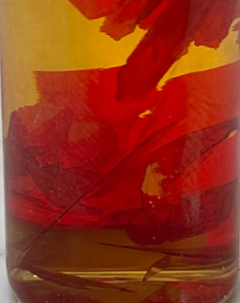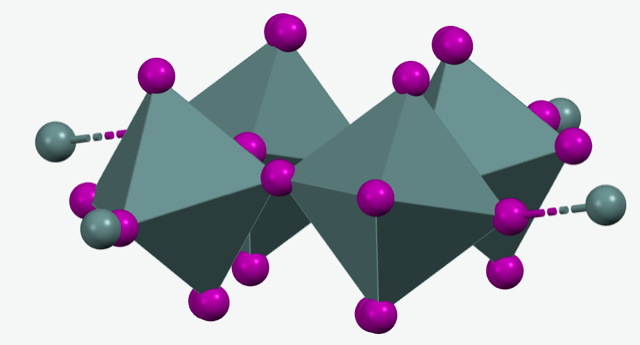
Organic metal halide perovskites (HPs) are attractive materials for a variety of electronic applications due to their low cost, tunable band gaps, excellent charge transport properties, and high photoluminescence efficiency. As such, HPs are being investigated for use in solar cells, photodetectors, X-ray detectors, light emitting diodes, field effect transistors, lasers, resistive random-access memory, etc. Currently the most popular metal used in HPs is lead, but the use of lead comes with the potential for heavy metal exposure. Tin-based perovskites offer a less hazardous alternative, but their optoelectronic properties lag behind those of lead and less work has been done to characterize them. In this work, we investigate Ruddlesden-Popper Phase (RPP) tin perovskites with phenethylammonium and its derivatives to determine how the structure of the A*-site cation impacts the optical and electronic properties.

